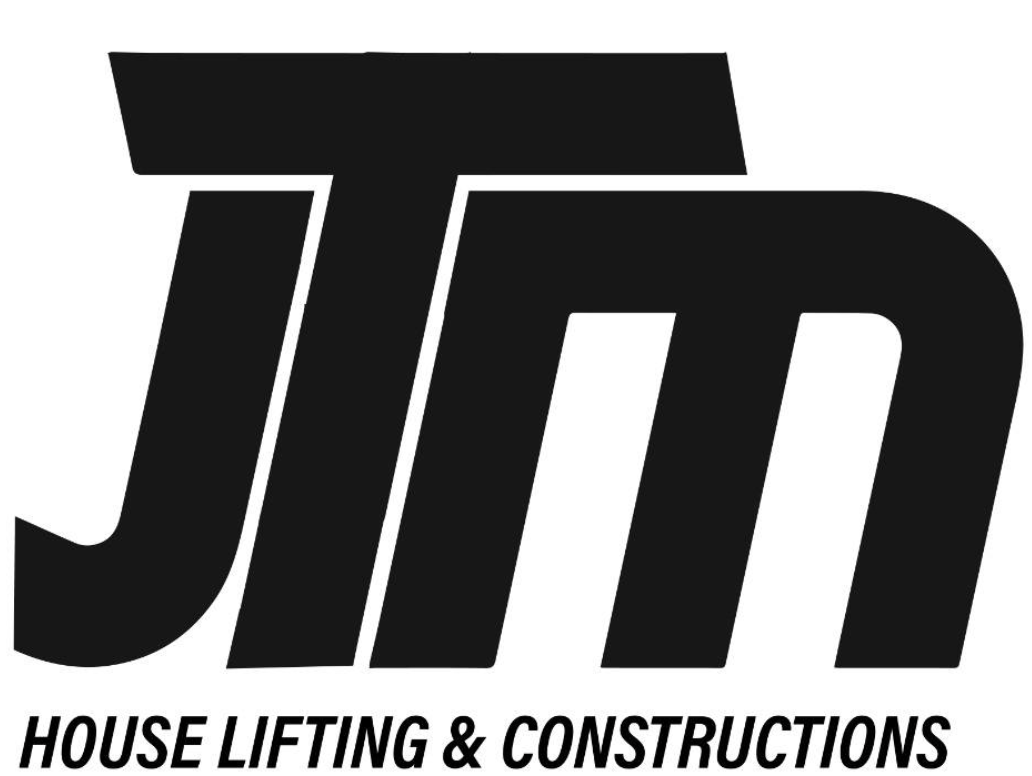Have you ever wondered how buildings can be moved from one location to another? Building lifting and shifting engineering works are the answer.
In this article, we will explore the fascinating process of building lifting and shifting and discuss its benefits and applications.
Building lifting and shifting involves raising an entire structure off its foundation and transporting it to a new location. This incredible feat of engineering requires careful planning, precise execution, and specialized equipment.
First, the building is lifted using hydraulic jacks or a system of beams. Then, steel beams or dollies are inserted underneath the structure to provide support during transportation. Finally, the building is carefully transported to its new location using hydraulic trailers or other heavy-duty vehicles.
The benefits of building lifting and shifting are numerous. It allows for flexibility in urban planning by enabling buildings to be relocated rather than demolished. This can be particularly valuable in historic preservation efforts where preserving architectural heritage is paramount. Additionally, building lifting and shifting can save time and money compared to demolishing and rebuilding structures from scratch. It also minimizes disruption to surrounding areas since there is no need for extensive excavation or construction work at the new site.
In conclusion, building lifting and shifting engineering works offer an innovative solution for relocating structures with precision and efficiency. Whether it’s preserving historical buildings or adapting to changing urban landscapes, this process provides a unique way to move entire buildings from one place to another.
Stay tuned as we delve deeper into the process and explore the various applications of building lifting and shifting engg works.
## The Process of Building Lifting and Shifting
Now, let me take you through the fascinating process of building lifting and shifting.
When it comes to moving a building from one location to another, there are several steps involved. First, a team of experts conducts a thorough inspection of the structure to assess its condition and determine if it’s suitable for lifting. This includes checking the foundation, walls, and overall structural integrity.
Once the assessment is complete and deemed feasible, preparations begin. The building is carefully disconnected from all utilities such as water, electricity, and gas lines. Temporary supports are then placed under the structure to ensure stability during the lifting process.
Next comes the actual lifting phase, where hydraulic jacks or cranes are used to raise the building off its foundation slowly. This requires precision and coordination from highly skilled professionals to prevent any damage or accidents.
After successfully raising the building, specialized transporters or trailers are brought in to carry it to its new location. These trailers have been specifically designed for moving large structures and can accommodate buildings of various sizes and weights.
The transportation route is carefully planned out in advance, taking into consideration any obstacles such as bridges or power lines that may need temporary removal or alteration.
Overall, the process of building lifting and shifting requires expertise in engineering, planning, and execution. It’s an intricate operation that demands meticulous attention to detail at every step. By following proper procedures and utilizing advanced equipment, buildings can be safely relocated without compromising their structural integrity or causing any harm to surrounding infrastructure.
## Benefits and Applications of Building Lifting and Shifting
Imagine the incredible advantages and endless possibilities that arise from the revolutionary technique of relocating structures. Building lifting and shifting opens up a whole new world of opportunities for homeowners, businesses, and communities alike.
One major benefit is that it allows for expanding or renovating existing buildings without the need for demolition or reconstruction. This means that instead of tearing down a structure and starting from scratch, you can simply lift it up and move it to a more desirable location. Not only does this save time and money, but it also preserves the architectural integrity and historical value of the building.
Another application of building lifting and shifting is in areas prone to natural disasters such as floods or earthquakes. By raising a building above flood levels or moving it away from an earthquake-prone area, you can significantly reduce the risk of damage or destruction. This technique has been successfully used in many coastal regions to protect buildings from rising sea levels.
Additionally, building lifting and shifting offers a sustainable solution to urban development by minimizing waste generated from demolition activities.
Building lifting and shifting provides numerous benefits and applications that are truly game-changing. From cost-saving renovations to disaster mitigation strategies, this innovative technique offers endless possibilities for improving our built environment. So why limit yourself to traditional methods when you can embrace the advantages of relocating structures?
